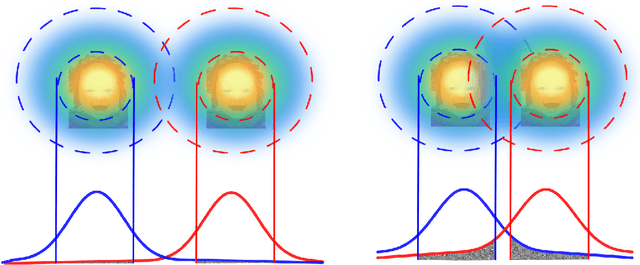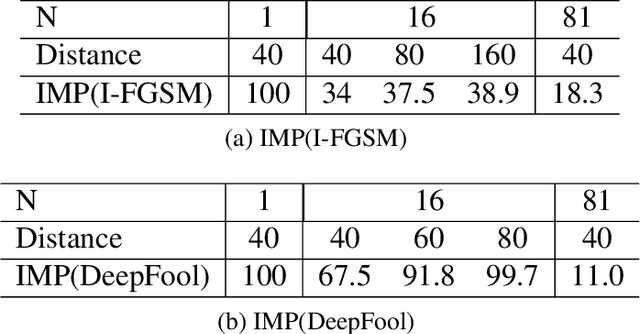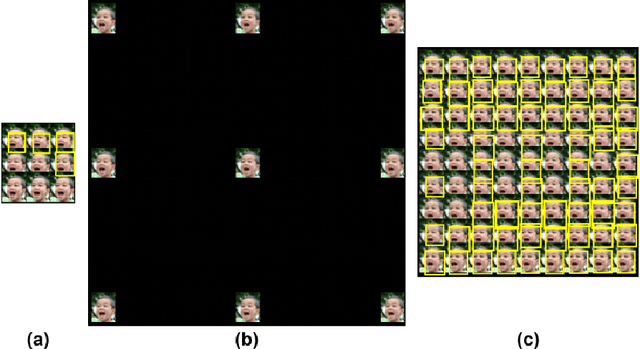Using LIP to Gloss Over Faces in Single-Stage Face Detection Networks
Paper and Code
Jul 05, 2018



This work shows that it is possible to fool/attack recent state-of-the-art face detectors which are based on the single-stage networks. Successfully attacking face detectors could be a serious malware vulnerability when deploying a smart surveillance system utilizing face detectors. We show that existing adversarial perturbation methods are not effective to perform such an attack, especially when there are multiple faces in the input image. This is because the adversarial perturbation specifically generated for one face may disrupt the adversarial perturbation for another face. In this paper, we call this problem the Instance Perturbation Interference (IPI) problem. This IPI problem is addressed by studying the relationship between the deep neural network receptive field and the adversarial perturbation. As such, we propose the Localized Instance Perturbation (LIP) that uses adversarial perturbation constrained to the Effective Receptive Field (ERF) of a target to perform the attack. Experiment results show the LIP method massively outperforms existing adversarial perturbation generation methods -- often by a factor of 2 to 10.
 Add to Chrome
Add to Chrome Add to Firefox
Add to Firefox Add to Edge
Add to Edge